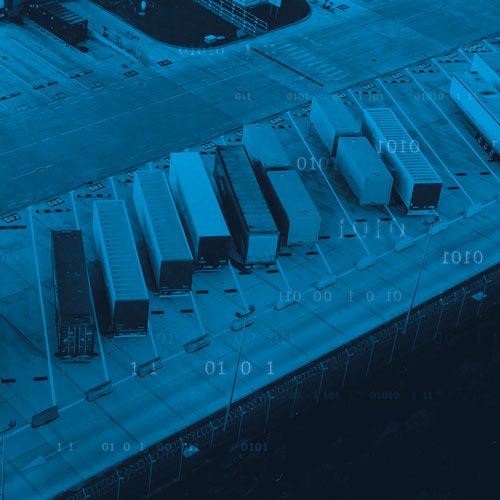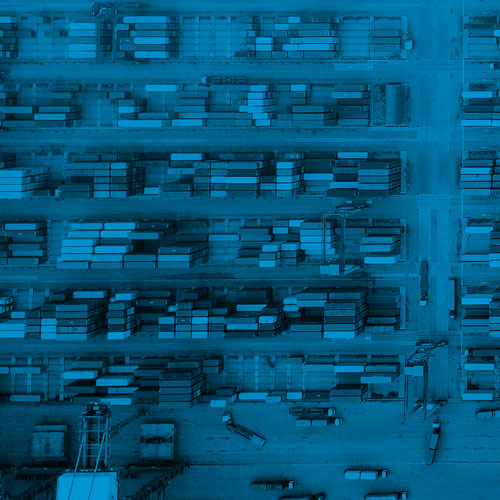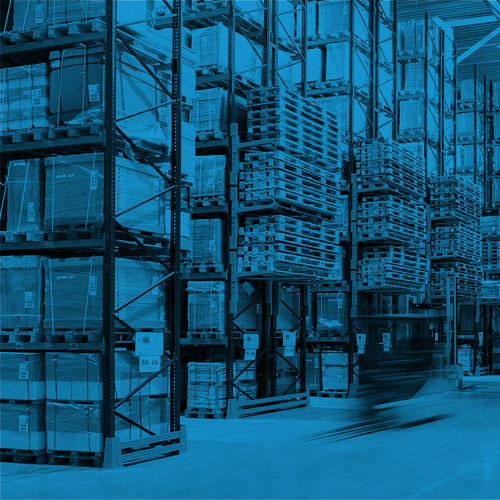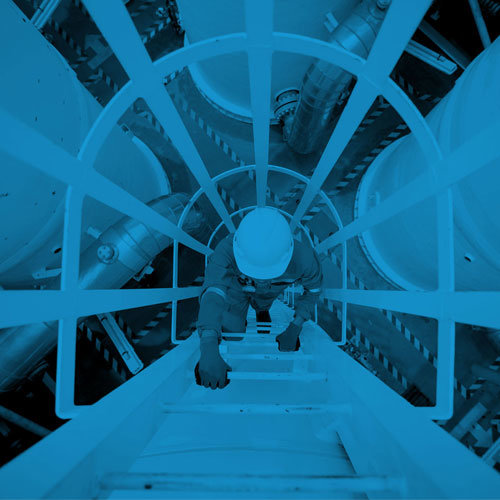Published on October 11, 2018 – Anantha Shankar, Consultant SAP Extended Warehouse Management (SAP EWM) at Westernacher
Planning and executing operations in the yard has been crucial for the smooth operation of large warehouses. Warehouse managers will know that the yard has the potential to become a huge bottleneck for warehouse processes if improperly managed. SAP Extended Warehouse Management consultants have handled yard operations through the Yard Management functionality available. SAP released Yard Logistics towards the end of 2015 (release 2.0) and had the first implementation completed in 2018.
The key questions
As the new SAP Yard Logistics solution gains more visibility, the following questions become more prominent
- What is the difference between the functionality available in EWM and that available in Yard Logistics?
- Which solution is more suitable for your business?
This article is an attempt to help decision makers make an informed decision and provide some clarity.
EWM’s approach to managing the Yard
When looking into the functionality of Yard Management in SAP EWM and SAP Yard Logistics, one can understand the approach taken towards developing both the products: The former approaches the Yard as the warehouse sees it. The Yard is imagined as an extension of the warehouse and operations are handled with warehouse tasks. EWM has three main components when it comes to Yard Management: Yard Location Management, Yard Movements and Yard Stock. The business process as defined by EWM is also simple and straightforward:
SAP Yard Logistics: approach and salient features
Yard Logistics has a highly focused view on the yard and takes the Plan-Execute-Monitor approach. This provides the ability to add additional capability to completely cover the end-to-end processes in the yard. It enables us to first plan for yard activities based on the workload and then carry out the execution. To aid this, yard operations are handled using yard requests and yard orders. Yard requests identify the workload for the yard in a certain time frame. One can then plan which requests to prioritize and the sequence to execute them. These yard requests can then be converted into orders to define the workload that will be executed in a defined period of time. There is also an element of planning in Yard Management in EWM, where you can sequence the list of tasks. Yard Logistics provides more functionality, such as 3D visualization, creating templates for repetitive processes, planning in advance etc.
There is an integration available with SAP Dock Appointment Scheduling which, coupled with Westernacher add-ons, provides an enhanced functionality. All appointments end up in a door assignment, which can be rescheduled via drag and drop functionality.
There is an overlap in the process functionality in the execution side and this vastly aids in integration between the two solutions. In Yard Logistics, the processes available in EWM Yard Management are either replicated or enhanced and more functionality is added. EWM Yard Management tasks like check-in, weighting, check-out etc. are available in Yard Logistics with similar features. Yard Logistics provides enhanced functionality in the case where you want to do self-check-in. Door assignment in EWM is a manual process but we can automate it in Yard Logistics. Functionality, like alerting on yard events and Westernacher add-ons, such as Gantt-chart Door Occupation are ‘cool to have’ features that greatly enhance visibility in the yard. Furthermore, there are open interfaces available in Yard Logistics, to support Internet of Things to closely monitor assets in the yard. This is just a subset of the full list of differences between Yard Logistics and EWM Yard Management and a full list will have to merit a separate article all by itself.
The monitoring functionality available in Yard Logistics is intuitive and visually rich. You can now see your yard virtually and track which vehicle is at which location. Here are some examples:
Probably the key difference between EWM Yard Management and SAP Yard Logistics is how multiple transportation units in a vehicle are handled. While both solutions can handle multiple TUs, YL offers additional functionality of defining the hierarchy of transportation units. So, we can have not only a truck, but a truck, a trailer and a container on top. Furthermore, we can handle the different transportation units independently of each other. This means that the driver can leave the container and trailer in the yard and drive out with the tractor. This is not possible in EWM and is a key element of the Yard Logistics solution.
How to decide between EWM Yard management & Yard Logistics?
The functionality comparison clearly shows the edge Yard Logistics has in comparison with EWM Yard Management. But how does one go about deciding on whether they should invest in a Yard Logistics solution or if EWM Yard Management will be enough for managing one’s yard? Your answers to the following questions can help to make that decision.
Technological landscape: Do you have multiple solutions from different vendors to manage your warehouse/transportation operations?
If you have solutions from different software vendors to manage your transportation and warehouse management operations, then it should be noted that SAP YL provides flexibility to manage these different integration scenarios. Using EWM Yard Management to manage your Yard operations while having a different WMS solution will increase the complexity and therefore the IT costs. Plus, this scenario will probably be unheard of. The real question comes when you use SAP EWM to manage your warehouse and you are now wondering how to improve your yard management. The following questions will help make the decision between SAP YL and EWM YM.
How big and complex is your yard?
If the Yard is small and you have simple yard processes, EWM Yard Management will be more efficient.
Do you have container ports or container terminals (either inland or maritime) in your logistics network?
Yard Logistics will be the primary choice for managing operations in this scenario. The same is the case if you have a rail yard as well in your logistics network.
How often do you face the problem of long queues outside your gate?
If it is often, then we need to revisit the solution implemented in EWM Yard Management, but for a better visibility Yard Logistics will be the way to go.
How much of control do you want to have over your yard?
In many cases, too much control in the system is not needed and, in these cases, the EWM Yard Management solution will handle the yard operations just fine. But if the complexity is higher, we need a higher degree of control to ensure smooth operations in the yard. Efficiency of yard operations is critical for avoiding bottlenecks in a complex yard and Yard Logistics is just the solution to take care of that.
Do you have the necessary infrastructure to track and automate the movements in the yard?
The features explored in Yard Logistics may sound impressive but automating yard processes also needs the associated infrastructure. For example, if you want to track in real-time if a truck has moved from door to parking then you need to have the infrastructure/connectivity in place to be able to track the movement and update the system. This can be in the form of a parking sensor or an RF gun scan in the yard (in case of the latter, will the RF gun work outside of the warehouse?). Automation cannot be achieved by the Yard Logistics solution alone, one needs the infrastructure to go with it as well. IoT based solutions and mobile solutions can complement the Yard Logistics solution and one can move towards a truly automated yard. While this may apply for EWM Yard Management as well, it boils down to the previous question of how much control you actually need and if are prepared to make the necessary infrastructure investment to achieve that level of control and automation.
In summary, the level of complexity of your Yard operations and the degree of visibility you need to manage the yard will define whether you will need SAP Yard Logistics or can make do with SAP EWM Yard Management. The Yard Logistics solution is still very young, but my colleagues at Westernacher have implemented the solution at Schaeffler and aided them in achieving a fully automated yard. You can further get in touch with our team if you need a detailed input for your specific use case. As the pioneers and market leaders in both SAP EWM and Yard Logistics solutions, my colleagues can provide you with a specific and thorough explanation of which solution will suit your needs.
Share this article

















